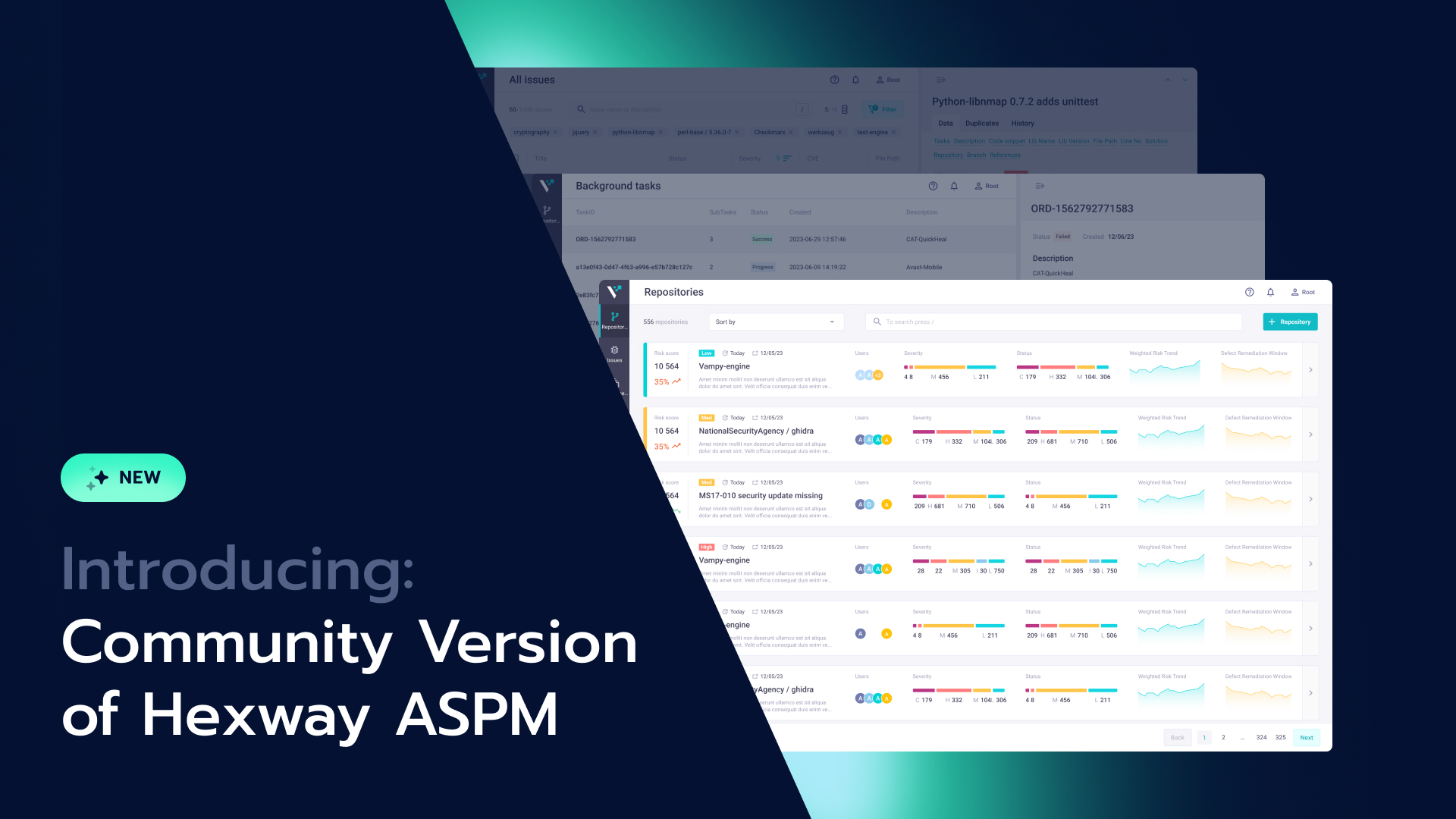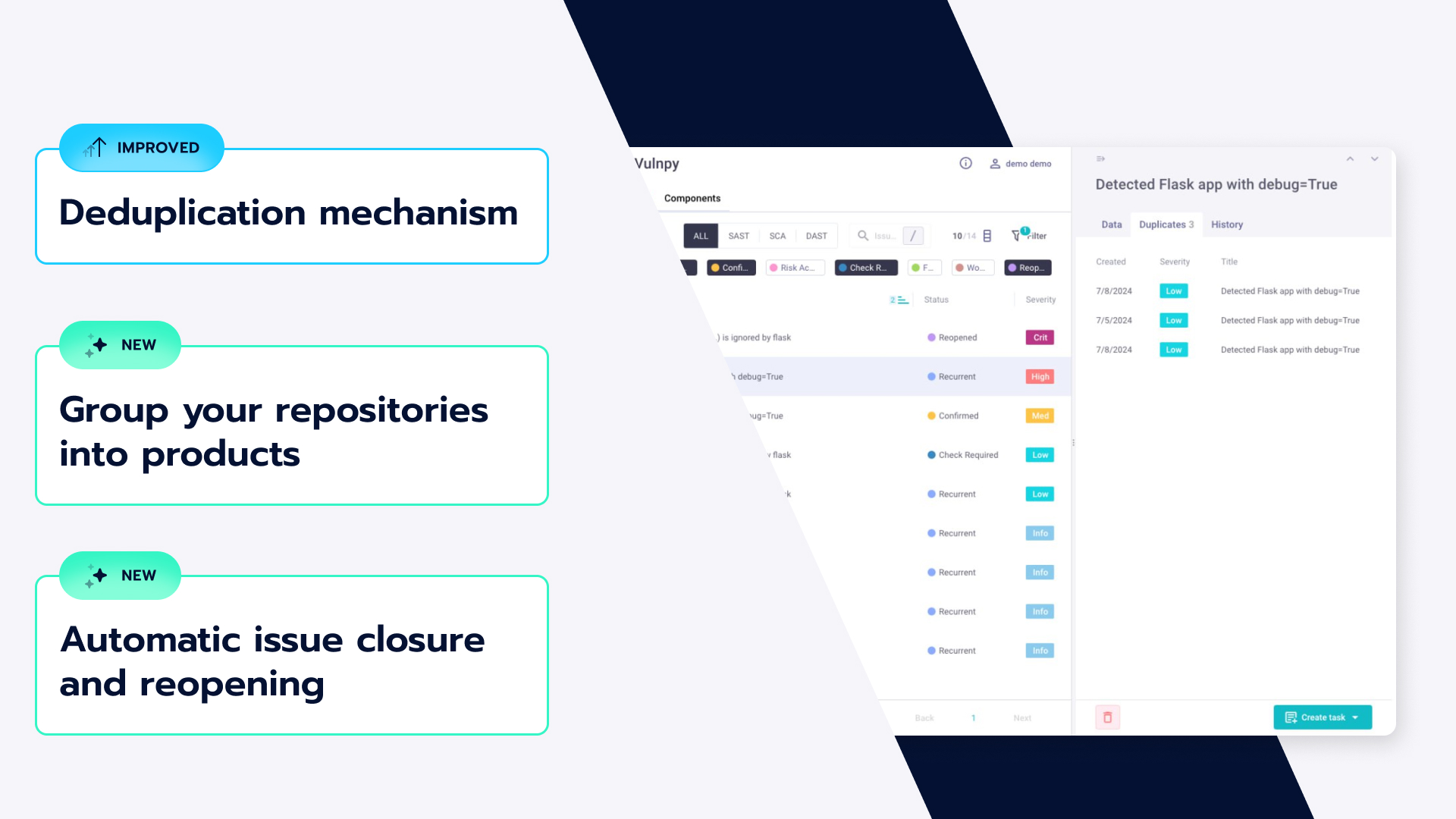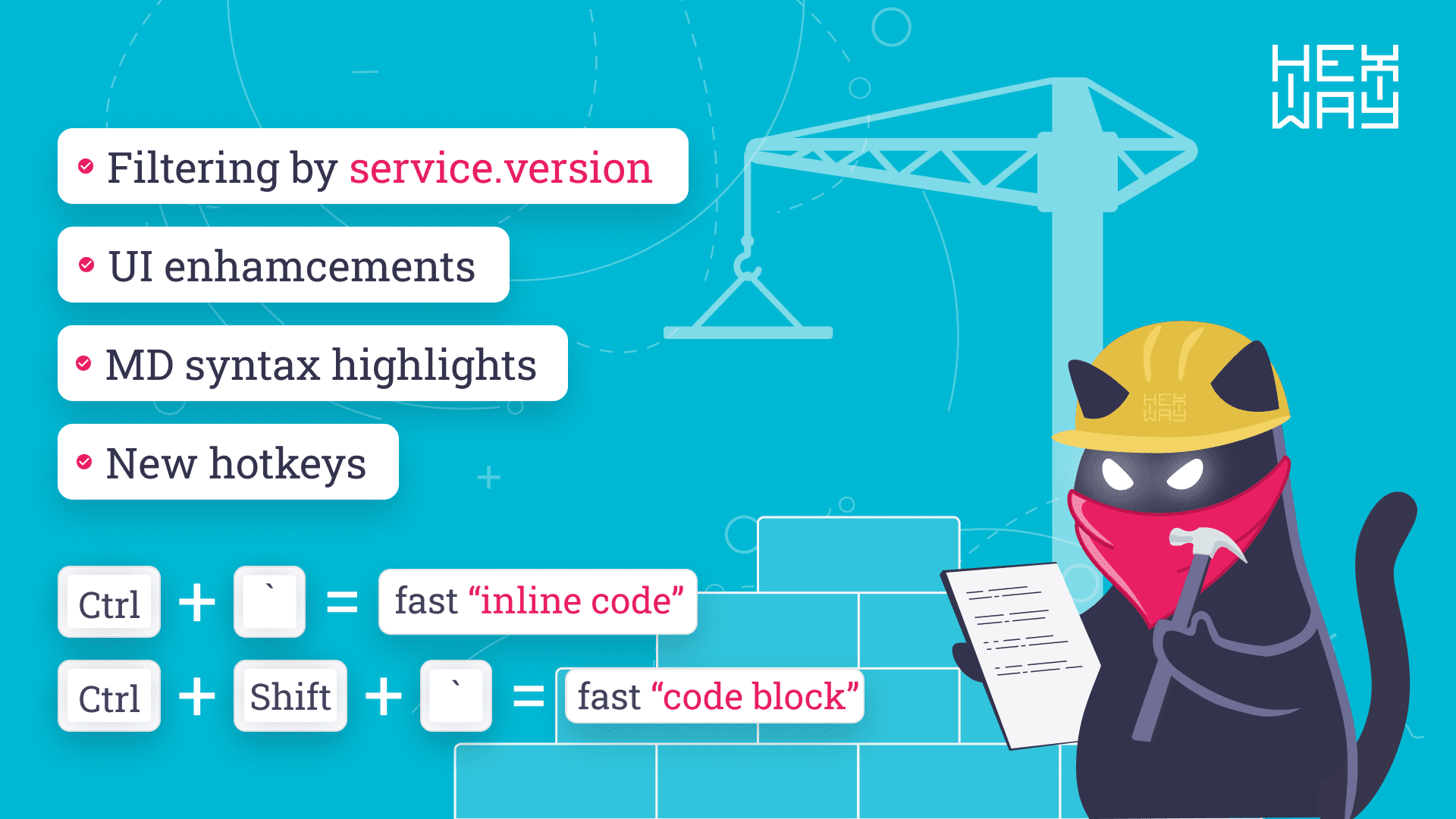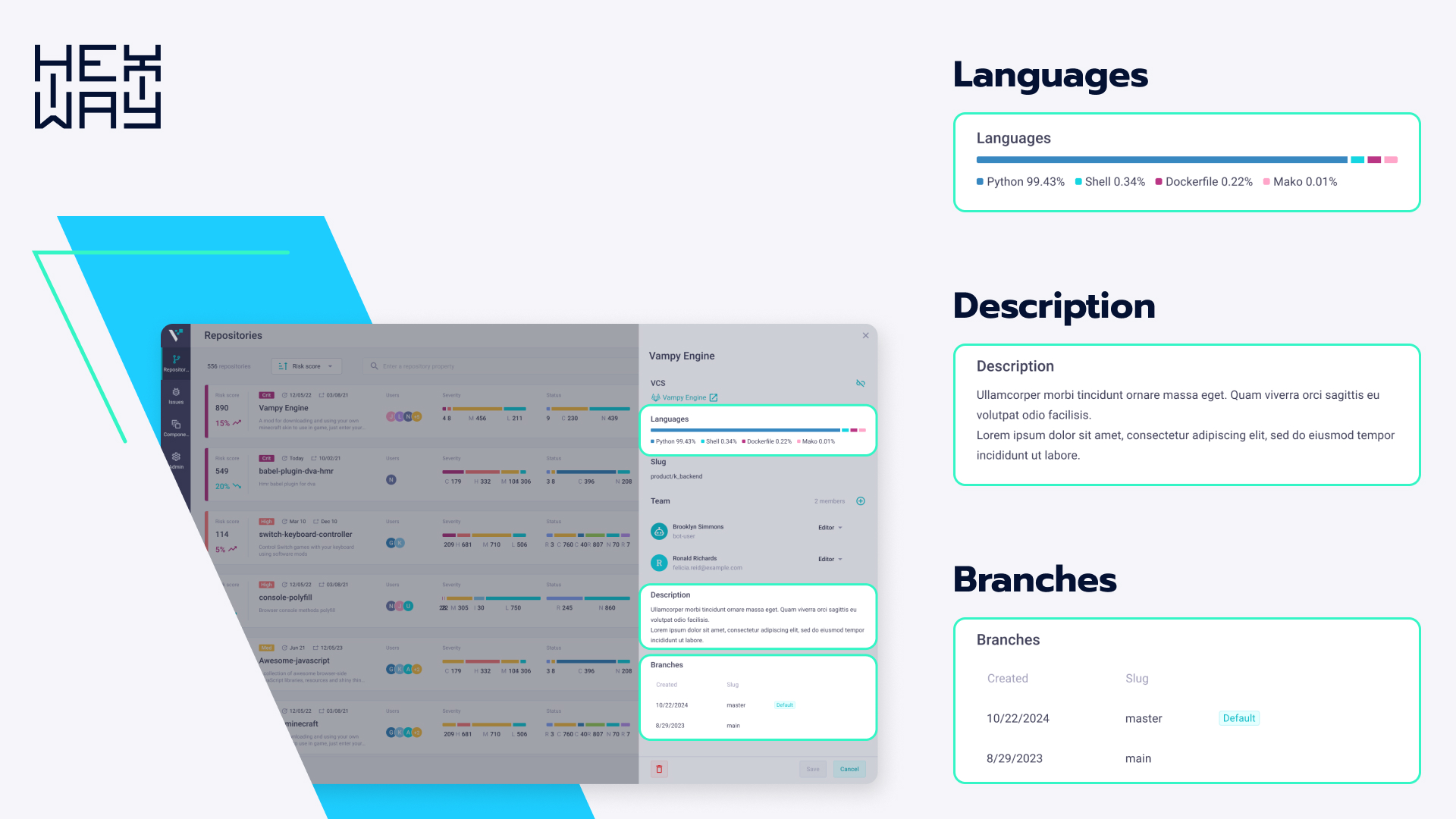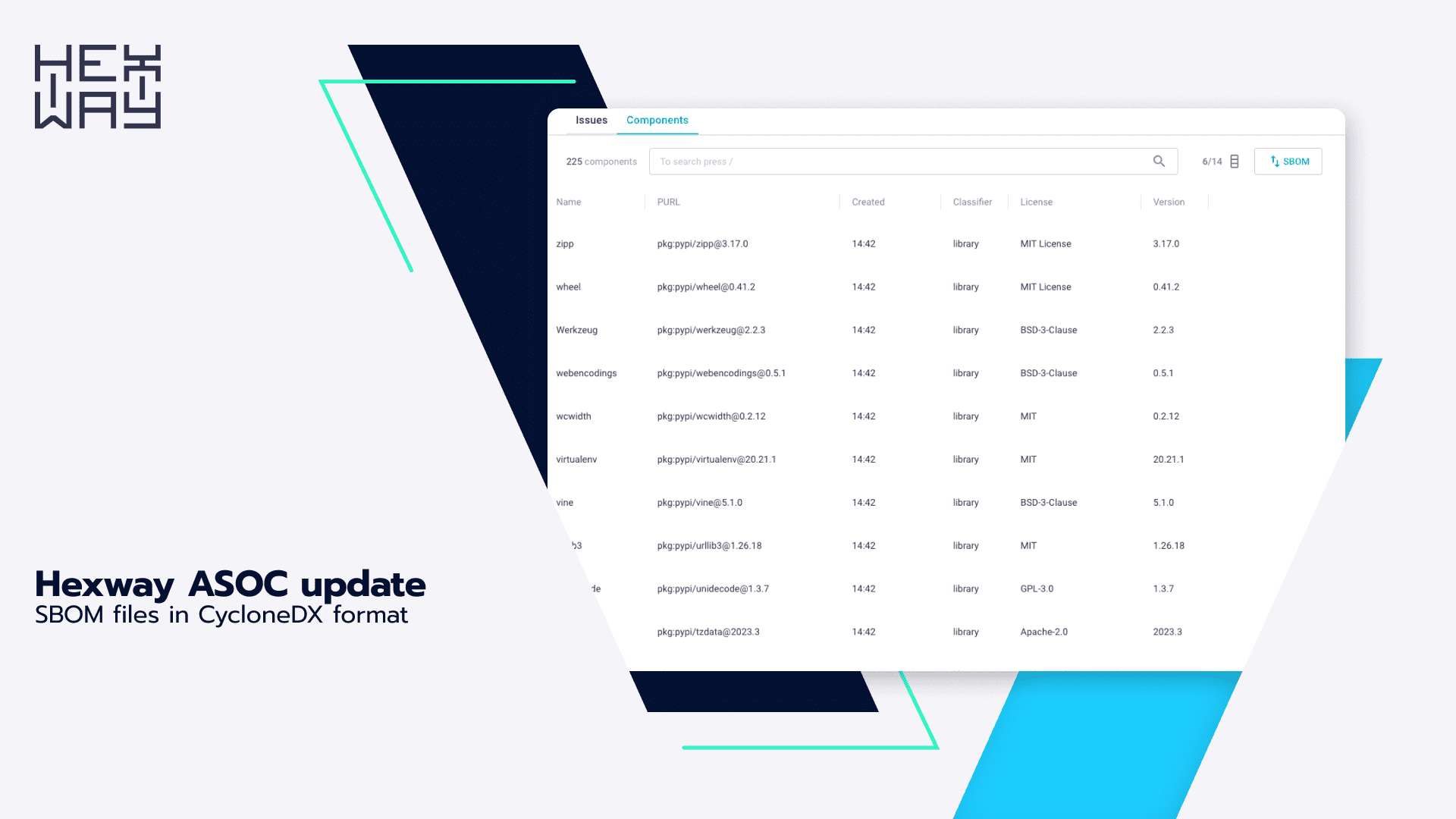How to Write an Effective Pentest Report: 5 Key Sections
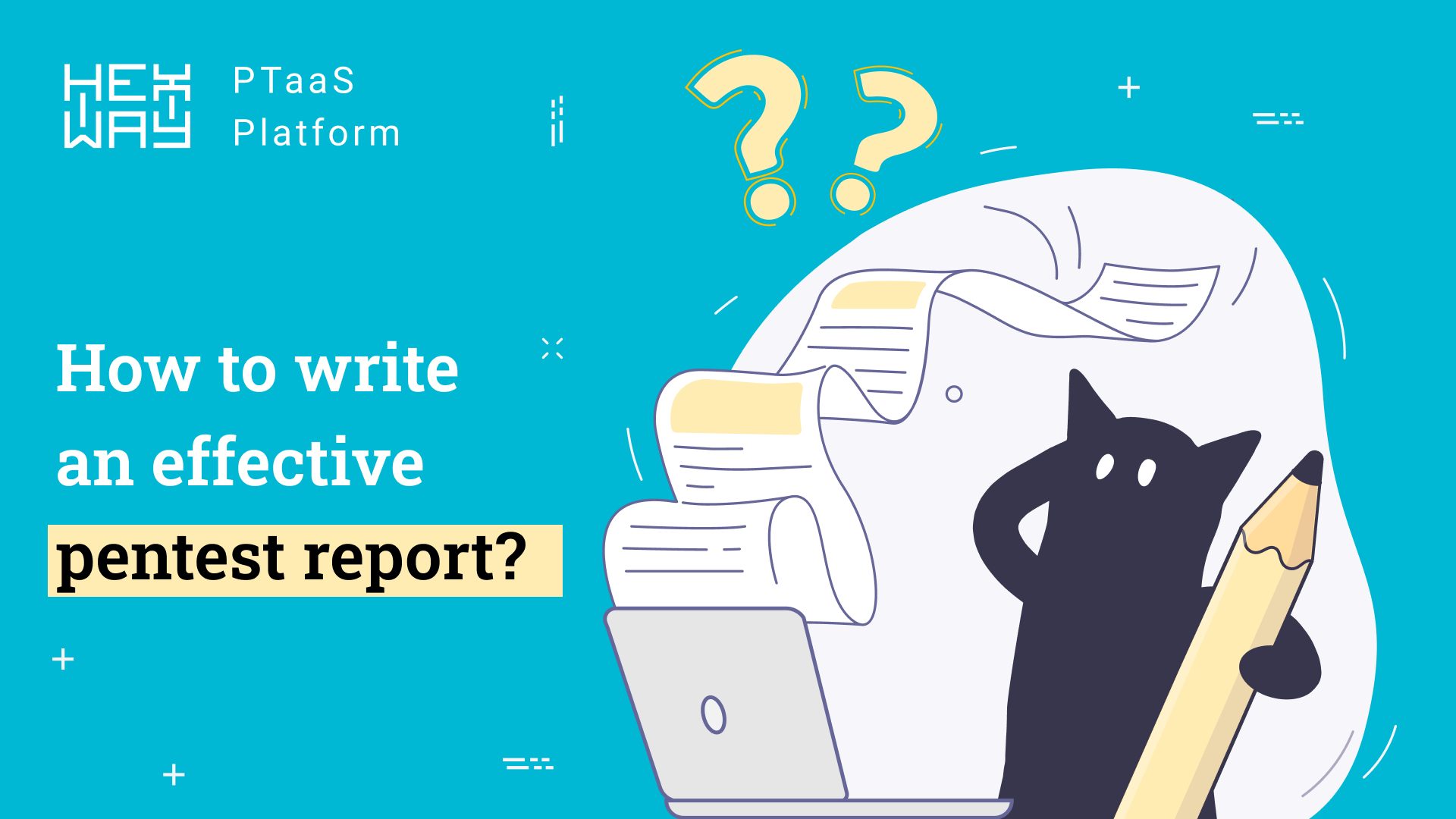
As a pentester, you play a critical role in helping to secure an organization’s infrastructure, assets, and data from bad actors. While conducting pen tests, you simulate cyberattacks on your enterprise network and deliberately exploit existing vulnerabilities to assess your firm’s security posture. You also create a report that explains your approach and the issues you found during the test.
But do you understand the importance of this report? What are its critical sections?
If you answered “no” to either of these questions, this blog post is for you.
What is a Penetration Testing Report?
A pentest report provides a detailed overview and analysis of the vulnerabilities discovered during the test. It includes a Proof of Concept (PoC) or steps that a user must follow to reproduce a reported issue successfully. The report also consists of the tester’s suggestions to guide the organization in its remediation efforts.
Or so it should.
Sometimes, these reports lack critical information that prevents organizations from benefiting from the pen test.
To help you avoid this issue, we have created this brief guide about the five important sections in a pen test report. We hope you find it helpful.
5 Important Sections in the Final Pentest Report
Executive Summary
Purpose: Provide non-technical readers with a high-level view of vulnerabilities and their impact.
The executive summary enables non-technical people like executives to get quick insights into the organization’s key security concerns. It briefly summarizes the pentest’s key findings and recommendations.
The summary, written in plain English, also explains risk and business impact without the technical details of patches, system names, jargon, etc. Your readers must understand the steps you took during the pentest, the issues you found, and your recommendations and suggestions.
Tools and methods
Purpose: Explain the tools used during the ethical hack and describe the step-by-step attack patterns you simulated.
This section provides details about the tools, methods, attack patterns, and attack vectors you used to “attack” the organization during the pentest. All these elements form part of the “attack narrative”. You can explain this narrative step-by-step or provide a more general overview.
Ideally, you should include specifics because this will enable other personnel, such as database administrators, system administrators, developers, etc., to build a technical map to help them address the discovered vulnerabilities and risks.
Vulnerability Description
Purpose: Understand the likelihood of a vulnerability and how it may impact the organization.
It’s important to include detailed information about the vulnerabilities you discovered, so all stakeholders can better understand their criticality and impact. These details will also help them address these issues and strengthen the organization’s security posture.
How is this section different from the tools/methods section?
This section explains the vulnerabilities identified and the outcomes of the attack narrative from the previous section.
Recommendations
Purpose: Guide the organization in fixing the identified issues before they can cause damage.
You can add your recommendations to the previous section. However, it’s best to create a separate section because it will help readers see the way forward clearly.
Make sure to avoid generic suggestions – they are rarely helpful. Instead, write detailed and specific remediations that help developers fix issues and ideally achieve Defense-in-Depth. Also, use action words, like install, upgrade, or implement, to minimize confusion and encourage action.
Conclusion
Purpose: Clarify the next steps.
The Conclusion section wraps up your report and includes the planned or in-progress steps.
For example, you could say any or all of the following:
- X vulnerabilities were found and need to be addressed by….
- To finalize this report, the risk score must be completed.
- A retest is scheduled for Y to verify if remediations were completed and ensure compliance with this report.
Conclusion
Ultimately, the pentest alone does not enable companies to understand their security weaknesses or fix them and prevent cyberattacks. To achieve these objectives, they need a detailed report, one of the most important deliverables of every pentest. That’s why it’s crucial to ensure that your report contains all the necessary details describing your testing approach, the issues you identified, and the recommendations.
Hexway provides a world-class platform, tools, and workspaces to help you improve and optimize your pentest routine. Spot vulnerabilities, monitor testing progress, generate reports, and do more with Hexway Hive and Apiary. Click here if you want to try these tools yourself or book a free demo.


